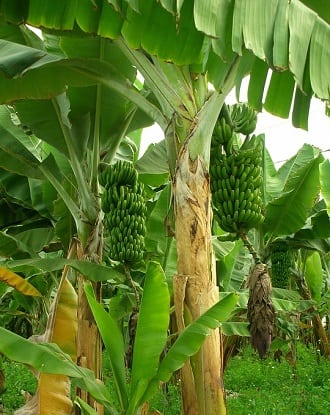The rubber tree has a silvery type of bark and a rough top layer of bark.
Rubber tree adaptations in the tropical rainforest.
The leaves of the rubber tree are glossy oval shaped and dark green.
An adaptation of a rubber tree is that it sheds its bark so as to absorb its nutrients when the bark decomposes in the soil around it.
Camouflage mimicry having a limited diet poison reduction of size.
Finally most rainforest tree bark is thin and smooth this is because it allows water to slide down easily.
These specializations have been mentioned below.
Lianas these are woody vines that have roots in the ground but climb up the trees to reach the sunlight.
It is a quick growing tree often the first to establish itself when a gap in the canopy is.
The leaves of the rubber tree have drip tips photo.
In this article let s explore top seven tropical rainforest animal adaptations.
The tree is the most important natural source of rubber in the world.
They can grow to be 14 inches 35 cm long and up to 6 inches 15 24 cm wide.
The rubber tree hevea brasiliensis is a deciduous species native to the rainforests of the amazon basin and found in brazil venezuela ecuador colombia bolivia and peru it is mostly encountered in lowland moist forest habitats including disturbed forest wetland areas and forest clearings.
This is important because the bark helps make the latex.
The places the rubber tree grows in is brazil venezuela ecuador colombia peru and bolivia.
The following adaptations allow plants to survive in the conditions of the rainforest.
Hi and welcome to habitat.
But with great competition for natural resources how do animals living in this environment adapt for survival.
The tropical rainforest is hot and humid but the substantial amount of rainfall yearly makes it an ideal environment for life.
Rubber tree rubber tree where do you live.
It is a rapidly growing tree as are most trees in the tropical rainforest it can sprout 24 inches 60 cm or more each season if it is in the proper environment.
Thanks for reading about the rubber tree.
These trees are generally found in low altitude moist forests wetlands riparian zones forest gaps and disturbed areas.
Tropical rainforest plants with a shallow rooted tree are often equipped with buttress roots.
These are all adaptations that plants have made in order to thrive in the tropical rainforest environment.
These trees are a tall tree that can grow to be 100 feet tall.
They have aerial roots that come to the ground and form what appears to be more tree trunks.
Rubber trees native to the rainforests of the amazon basin 16 july 2019 3314 visits.
As such plants growing here have special adaptations that allow them to grow and thrive in the tropical rainforest.

